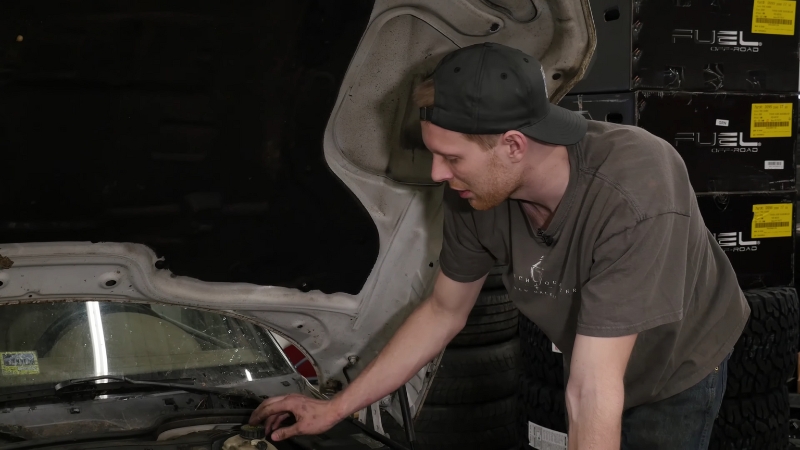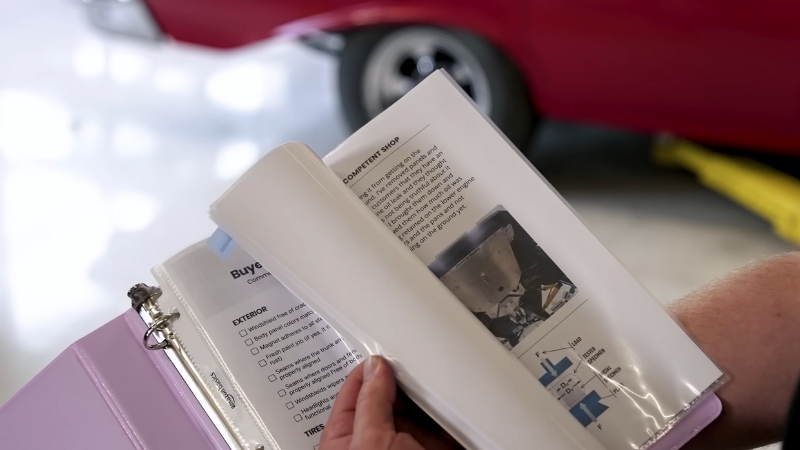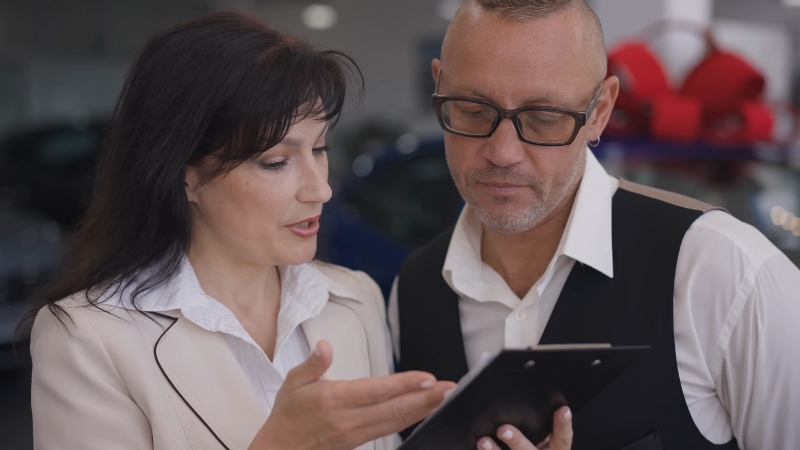Buying a used car is one of the best ways to save money compared to purchasing a brand-new vehicle.
You avoid the heavy depreciation that hits new cars, and you often get a solid vehicle at a fraction of the cost.
However, the used car market is filled with potential pitfalls, from overpriced deals to hidden mechanical problems, and even outright scams.
Too many buyers rush into purchases without doing their homework, only to end up paying more in repairs than the car was worth. The good news? You don’t have to be one of them.
1. Not Setting a Budget (and Sticking to It)

One of the biggest mistakes buyers make is not having a clear budget before starting their search.
Without a set budget, you can easily get talked into spending more than you can afford.
Dealerships and private sellers are skilled at upselling, adding features and financing options that can quickly inflate the final price beyond what you planned.
How to Avoid It
2. Not Researching the Car’s Market Value
View this post on Instagram
A seller can list a used car at any price they want, but that doesn’t mean it’s fair.
Without checking the market value, you risk overpaying for a car.
Some sellers take advantage of uninformed buyers by inflating prices well above market rates.
How to Avoid It
3. Skipping the Vehicle History Report
@suprememotorgroups We provide a free Carfax report for every vehicle that we sell! This is very important so you can know the full history of the automobile. #carfax #cartips #usedcar #detroitdelarship #detroitcars #usedcardealership #preownedvehicles #usedcsrtips ♬ original sound – Supreme Motor Groups
A used car may look perfect on the outside, but its past could be a disaster.
Without checking a vehicle history report, you might unknowingly buy a car with:
- Major accident damage
- Flood damage
- Odometer rollbacks
- Title issues (salvage, rebuilt, or theft recovery)
- Unresolved recalls
How to Avoid It
4. Not Getting a Pre-Purchase Inspection (PPI)

Many buyers skip a pre-purchase inspection (PPI) because they trust the seller’s word or think the car “looks fine.”
However, hidden issues such as transmission problems, worn-out suspension, brake failure, or engine troubles can cost thousands of dollars to fix.
Private sellers and even some dealerships may downplay or completely hide existing problems.
They know that once you buy the car, any mechanical issues become your problem, not theirs.
How to Avoid It
Skipping a pre-purchase inspection could mean inheriting someone else’s car troubles.
5. Ignoring the Car’s Title and Paperwork

The title is the legal proof of ownership of a vehicle, and failing to verify it properly can lead to serious legal and financial headaches.
Some used cars have salvage titles, liens, or fraudulent paperwork, which means you might end up with a car you legally can’t register or resell.
Here are the most common title problems buyers overlook:
- Salvage Title: The car was declared a total loss by an insurance company due to an accident or flood damage. While these cars are sometimes repaired and resold, they may have hidden structural damage and can be difficult to insure.
- Lien on the Title: If the previous owner financed the car and hasn’t finished paying off the loan, the bank or lender still owns it. If you buy the car without clearing the lien, you could be on the hook for the remaining balance.
- Title Washing: Some sellers attempt to “wash” a salvage or damaged title by moving the car to another state where title branding laws are weaker.
How to Avoid It
A car with a bad title can be a nightmare to deal with.
6. Falling for High-Pressure Sales Tactics
Car salesman use this simple trick to make people buy cars pic.twitter.com/c5D1jbQlOy
— Erika Kullberg (@ErikaKullberg) February 9, 2023
Many car dealerships and some private sellers use aggressive sales tactics to rush buyers into making quick decisions.
They make you feel like if you don’t buy now, you’ll miss out.
This can lead to buying the wrong car, paying too much, or skipping essential steps like inspections and paperwork checks.
Common high-pressure tactics include:
- The salesperson says, “This price is only available today. Tomorrow, it goes up.”
- They tell you that someone else is coming in an hour to buy the car.
- Instead of negotiating the actual price, they distract you with “affordable” monthly payments—often hiding extra costs.
How to Avoid It
7. Overlooking the Total Cost of Ownership

Many buyers focus only on the purchase price of a used car and forget about the long-term costs of owning it.
Certain vehicles might be cheap to buy but expensive to maintain, due to factors like:
Check the car’s estimated annual maintenance costs on sites like Edmunds True Cost to Own or RepairPal.
Get an insurance quote before buying to avoid surprises.
Look at fuel economy ratings on FuelEconomy.gov to estimate gas expenses.
8. Not Test Driving the Car Properly
A quick 5-minute test drive around the block is not enough to determine a car’s condition.
Buyers who skip a thorough test drive often miss major issues like engine hesitation, transmission slipping, or poor braking performance.
How to Avoid It
A test drive is your best chance to spot mechanical problems before buying.
Bottom Line
Buying a used car can save you big—if you play it smart.
Dodging these pitfalls—budget creep, sketchy titles, rushed deals—keeps cash in your pocket and junk off your driveway.
Research hard, inspect harder, and walk away when it stinks. The right ride’s out there; don’t settle for a regret.
